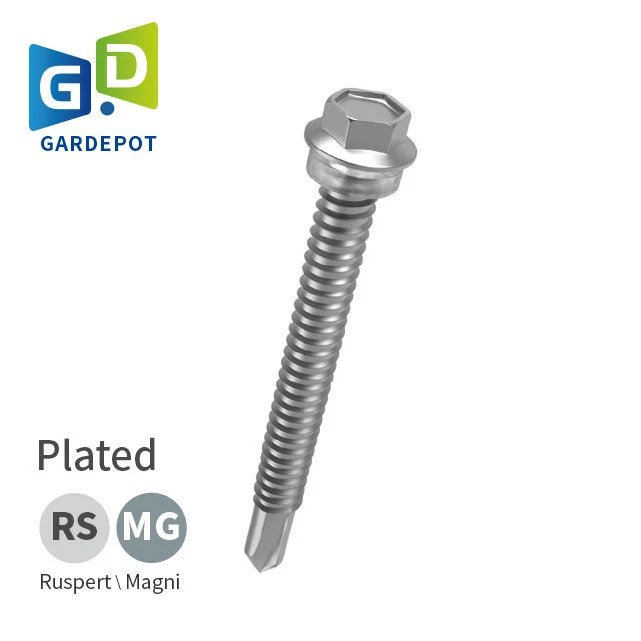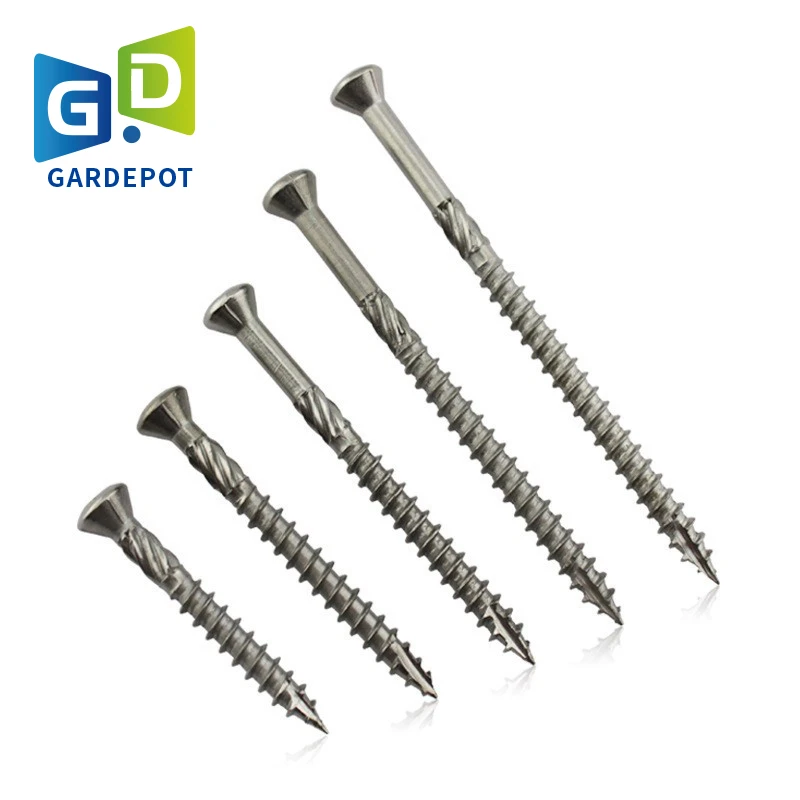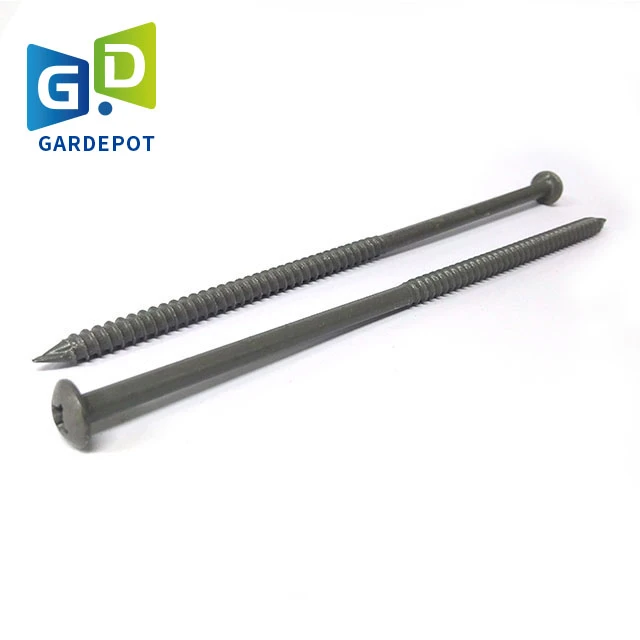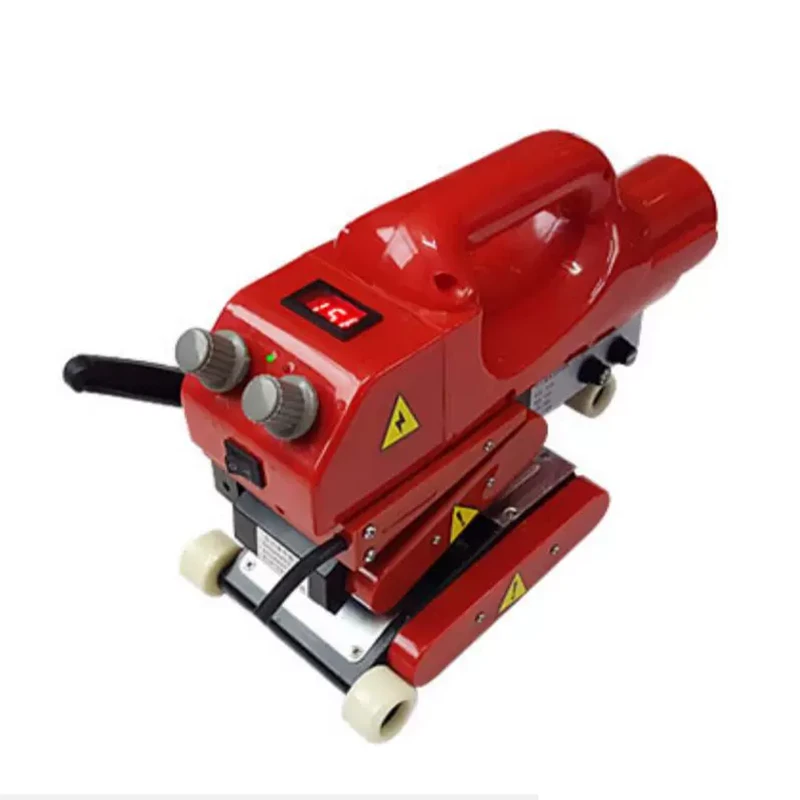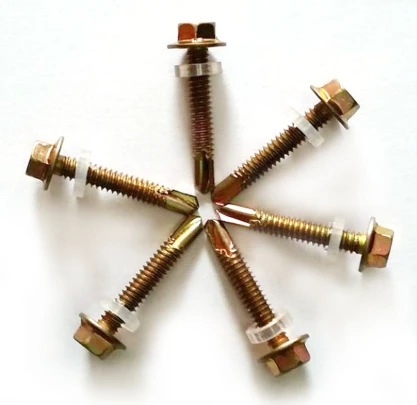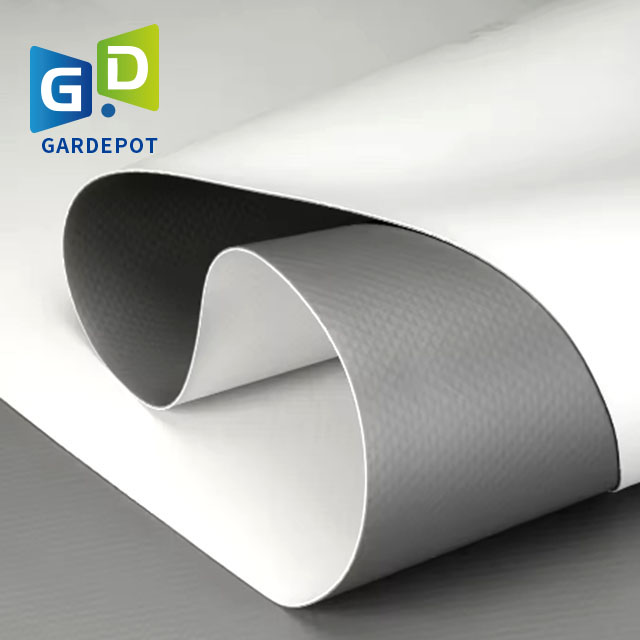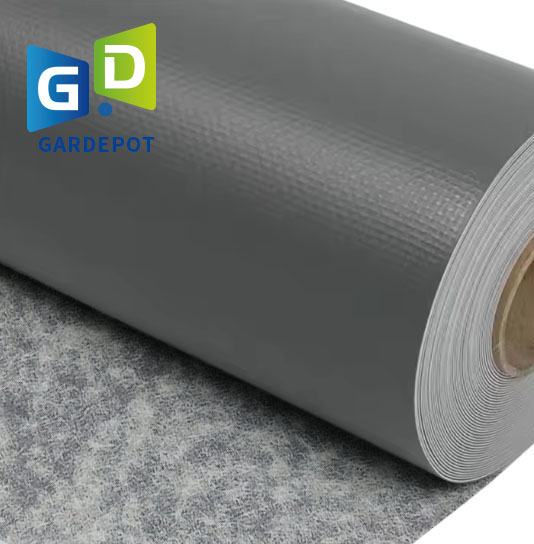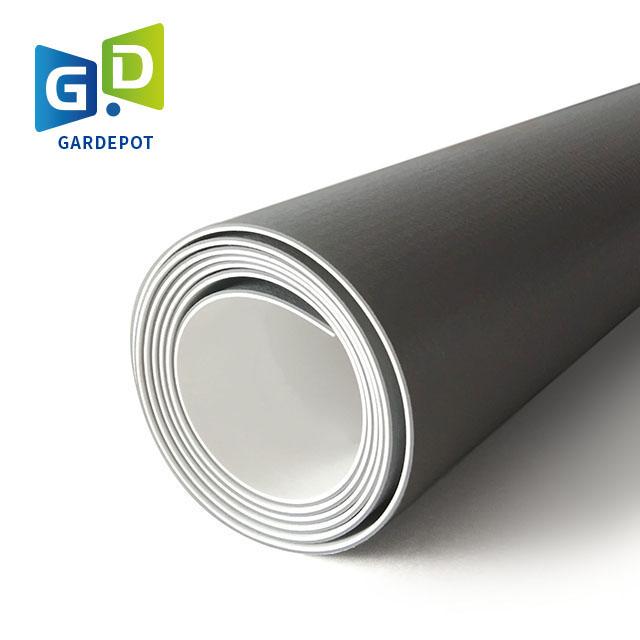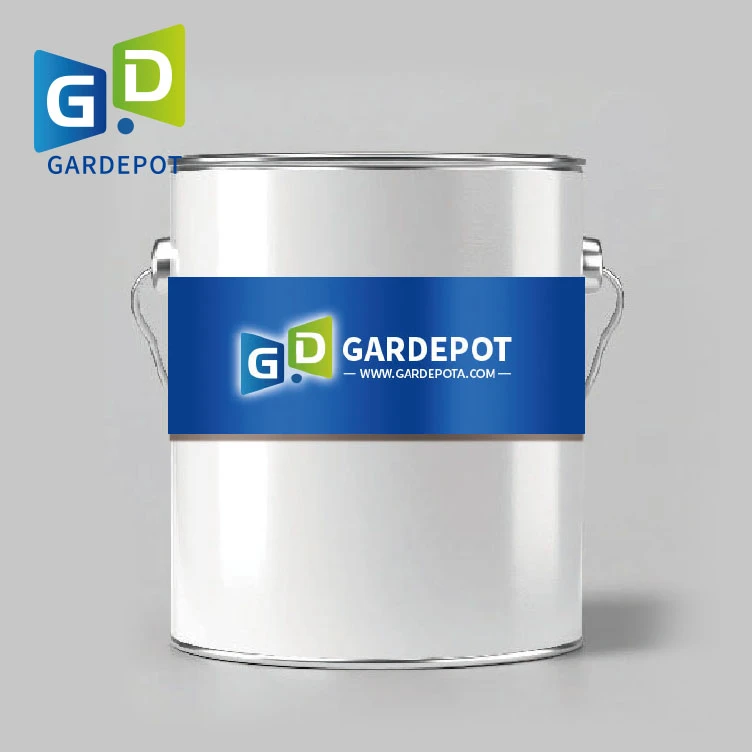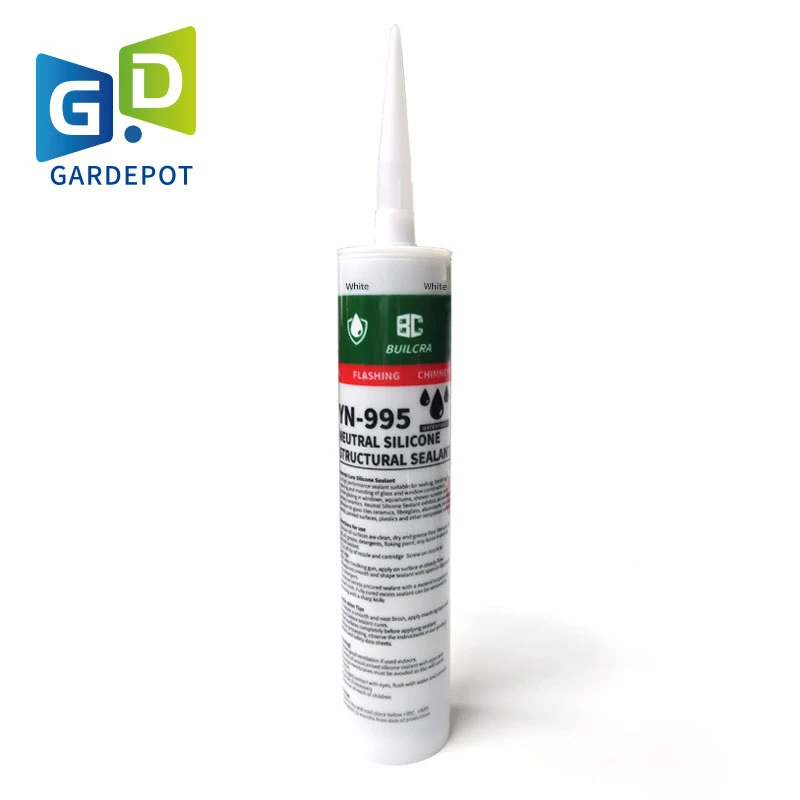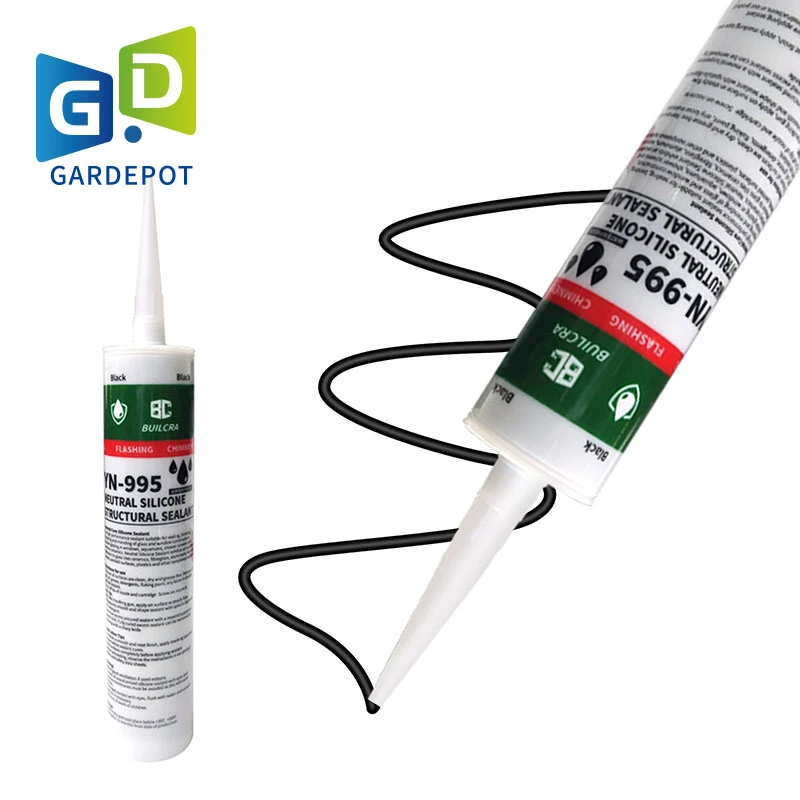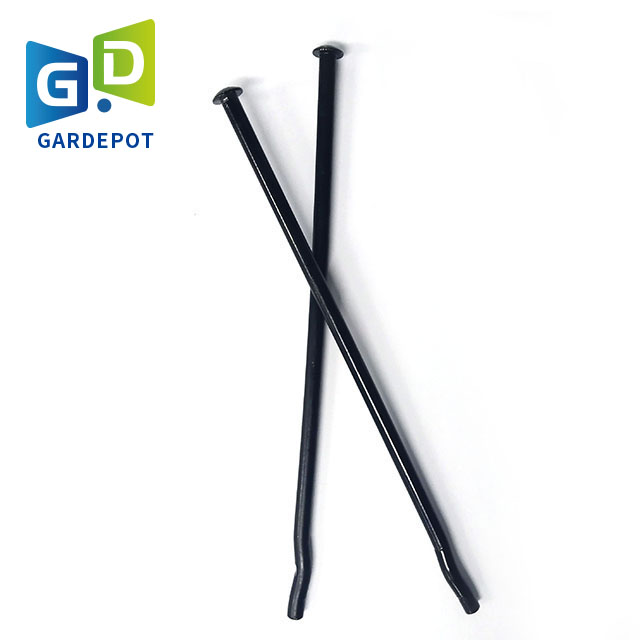Durable Waterproof Coating on Roof | Ultimate Leak Protection
The Imperative Role of High-Performance Waterproof Coating on Roof Systems
In the realm of industrial and commercial infrastructure, the integrity of a building's envelope is paramount. Among its most critical components is the roofing system, which demands robust protection against environmental ingress. This protection is most effectively provided by a high-quality pelapis kedap air pada atap. These advanced polymer-based solutions are engineered to form a seamless, durable barrier that defends against water penetration, UV radiation, and chemical exposure, thereby extending the service life of roofing assets and safeguarding interior operations.
The strategic application of a sophisticated waterproof coating on roof offers more than just basic leak prevention. It contributes significantly to energy efficiency by providing a reflective surface that mitigates heat absorption, leading to reduced cooling costs. Furthermore, these coatings enhance structural resilience by protecting the underlying substrate from degradation due to moisture and thermal cycling. For B2B decision-makers and engineers, understanding the technical depth and operational advantages of these solutions is crucial for making informed investment decisions that yield long-term benefits in terms of asset preservation, operational continuity, and sustainability.
Industry Trends and Market Dynamics in Roof Waterproofing
The global market for roofing solutions, particularly in advanced waterproofing, is experiencing sustained growth driven by an increasing emphasis on sustainable construction, energy efficiency, and extended asset lifecycles. Recent industry reports indicate a compound annual growth rate (CAGR) of over 5% for the global waterproofing market, with a significant segment attributed to roofing applications. Key trends shaping this sector include:
- Eco-Friendly Formulations: A strong shift towards low Volatile Organic Compound (VOC) and VOC-free formulations, aligning with stringent environmental regulations and green building certifications (e.g., LEED, BREEAM).
- Advanced Polymer Technologies: Development of next-generation polymers offering superior elasticity, UV resistance, chemical stability, and adhesion. This includes hybrid systems combining the best properties of different chemistries (e.g., acrylics, polyurethanes, silicones).
- Smart Coatings: Emerging solutions with self-healing properties, temperature-regulating functionalities, or integrated sensors for performance monitoring.
- Ease of Application: Demand for single-component, liquid-applied systems that reduce labor time and ensure seamless application, minimizing reliance on hot works and specialized equipment.
- Enhanced Durability and Longevity: Increasing expectations for coatings with extended service life, often exceeding 20 years, to reduce lifecycle costs and maintenance burdens.
The market for a robust pelapis kedap air pada atap is also influenced by urbanisation, industrial expansion, and the need for renovation of aging infrastructure in sectors such as petrochemical, manufacturing, commercial logistics, and data centers. As climate change leads to more extreme weather events, the requirement for resilient and dependable waterproofing solutions becomes even more critical.
Manufacturing Process of Advanced Waterproof Coatings
The production of a high-performance pelapis kedap air pada atap involves a meticulously controlled, multi-stage process to ensure consistent quality and optimal performance characteristics. While specific formulations vary, the general process flow for polymer-based liquid-applied coatings typically follows these critical steps:
- Raw Material Sourcing and Inspection: This initial phase involves the procurement of high-grade raw materials, including primary polymers (e.g., acrylic resins, polyurethane prepolymers, silicone elastomers), specialized fillers (e.g., calcium carbonate, silica), pigments (e.g., titanium dioxide for UV reflection), rheology modifiers, defoamers, biocides, and adhesion promoters. Each batch undergoes rigorous incoming inspection to verify compliance with established quality standards (e.g., ASTM D3450 for raw material specifications).
- Pre-Mixing and Dispersion: Solid fillers and pigments are introduced into a liquid polymer matrix or solvent under high-speed agitation. This step is crucial for achieving uniform dispersion, preventing agglomeration, and ensuring homogeneous color and texture in the final product. High-shear dispersers are commonly used.
- Milling/Grinding (as required): For certain formulations, especially those requiring very fine particle sizes for enhanced smoothness or specific optical properties, the mixture may pass through a milling process (e.g., bead mills or sand mills). This further refines particle dispersion and improves coating consistency.
- Polymerization/Reaction: Depending on the coating chemistry, specific catalysts or initiators might be added to facilitate the polymerization or cross-linking reactions. This is particularly relevant for two-component systems or moisture-curing single-component polyurethanes where the prepolymer is converted into a fully cured polymer network. Precise temperature and time controls are critical during this phase.
- Additive Integration: Performance-enhancing additives are incorporated in controlled amounts. These include UV stabilizers to combat solar degradation, flame retardants for safety, anti-fungal agents to prevent biological growth, and plasticizers to enhance flexibility.
- Quality Control & Performance Testing: Throughout the process and especially after formulation, extensive in-process and final product quality control tests are conducted. These tests adhere to international standards such as ISO 9001 for manufacturing quality management and specific product performance standards (e.g., ASTM D6083 for liquid-applied acrylic coatings, ASTM C836 for self-adhering membranes). Key parameters tested include:
- Viscosity (ASTM D2196)
- Solids Content (ASTM D2369)
- Specific Gravity (ASTM D1475)
- Adhesion Strength (ASTM D4541)
- Tensile Strength & Elongation (ASTM D412)
- Water Vapor Permeability (ASTM E96)
- UV Resistance (ASTM G154 accelerated weathering)
- Curing Time (ASTM D1640)
- Filtration and Packaging: The finished, quality-approved coating is filtered to remove any impurities and then precisely filled into container111s (drums, pails) for distribution. Strict measures are taken to prevent contamination during packaging.
This rigorous manufacturing process ensures that each batch of pelapis kedap air pada atap delivered meets the high standards required for critical industrial and commercial applications, providing predictable performance and long-term durability. Target industries include petrochemical facilities, metallurgy plants, water supply & drainage infrastructure, power generation, and commercial building envelopes where energy saving and corrosion resistance are critical advantages.
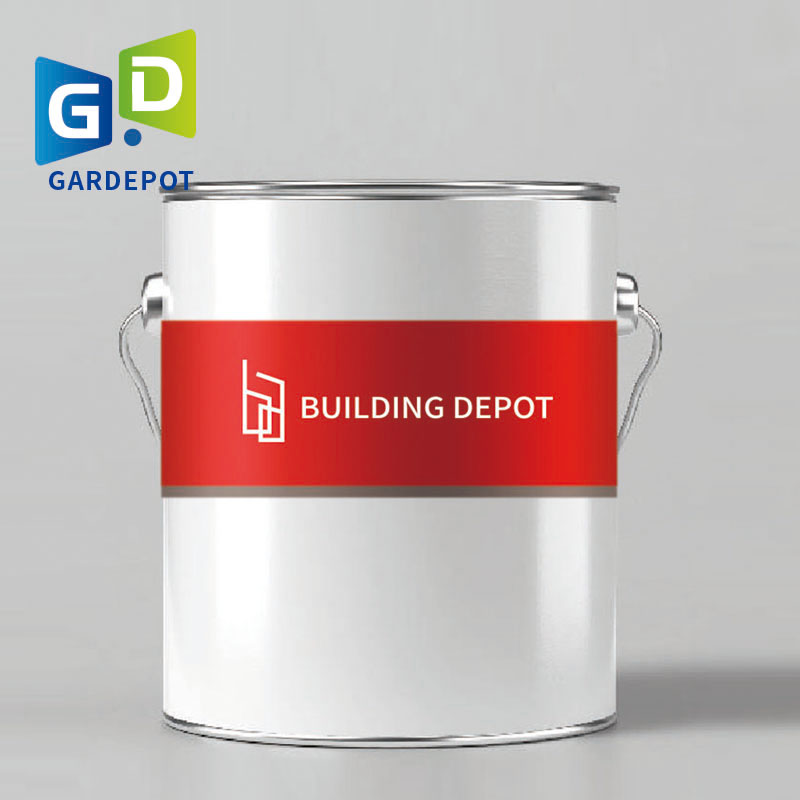
Technical Specifications and Performance Parameters
The efficacy of a pelapis kedap air pada atap is defined by its comprehensive technical specifications and adherence to stringent performance parameters. These metrics are vital for engineers and specifiers to select the appropriate coating for specific environmental and structural demands. Below is a typical product specification table for a high-performance polymer-based roof coating:
Typical Product Specification: High-Performance Liquid-Applied Waterproof Coating
| Parameter | Standard (e.g., ASTM) | Typical Value | Significance |
|---|---|---|---|
| Tensile Strength | ASTM D412 | ≥ 2.5 MPa | Resistance to pulling forces; crucial for durability. |
| Elongation at Break | ASTM D412 | ≥ 300% | Ability to stretch without breaking, accommodating substrate movement. |
| Adhesion Strength | ASTM D4541 | ≥ 1.0 MPa (on concrete) | Bonding capability to substrate, preventing delamination. |
| Water Vapor Permeability | ASTM E96 | ≤ 15 perm (Class II) | Allows trapped moisture to escape while blocking liquid water. |
| VOC Content | ASTM D3960 | < 50 g/L | Environmental compliance and indoor air quality. |
| Service Temperature Range | Manufacturer Spec. | -30°C to +80°C | Performance integrity across varying climatic conditions. |
| UV Resistance | ASTM G154 (5000 hrs) | No cracking, chalking, or delamination | Resistance to degradation from solar radiation, maintaining flexibility and color. |
| Puncture Resistance | ASTM E154 | ≥ 250 N | Ability to withstand localized impacts and foot traffic. |
| Chemical Resistance | ASTM D1308 | Good resistance to mild acids, alkalis, and oils | Protection against industrial pollutants and spills. |
| Service Life Expectancy | Manufacturer Spec. | 15-25 years | Economic lifespan under specified conditions. |
These parameters, backed by rigorous third-party testing and adherence to international standards, provide a clear benchmark for evaluating and comparing different waterproofing solutions, ensuring that the selected product will perform reliably throughout its intended service life.
Exploring Types of Waterproof Membranes for Roof Applications
While liquid-applied coatings are increasingly popular, traditional and advanced prefabricated membran kedap air untuk atap systems continue to play a crucial role in the industry. Understanding the distinctions between these and high-polymer options is essential for comprehensive project planning.
Key Types of Waterproof Membranes:
- Bituminous Membranes (Modified Bitumen): These are rolls of asphalt-based material modified with polymers (SBS or APP) for enhanced flexibility and durability. They are typically torch-applied or self-adhered. Known for their robustness and proven track record, though installation can be labor-intensive and involves hot works.
- EPDM Membranes: Ethylene Propylene Diene Monomer is a synthetic rubber membran kedap air untuk atap renowned for its extreme durability, UV resistance, and flexibility over a wide temperature range. It's often installed in large sheets, reducing seams, and is typically adhered or mechanically fastened.
- PVC/TPO Membranes: Polyvinyl Chloride (PVC) and Thermoplastic Polyolefin (TPO) are thermoplastic membranes known for their excellent resistance to chemicals, punctures, and UV radiation. They are hot-air welded at seams, creating a monolithic, highly durable surface. TPO, in particular, is valued for its reflective properties and energy efficiency.
- High Polymer Waterproof Membrane for Roof (Liquid-Applied): This category includes the advanced liquid coatings that cure to form a seamless, fully-adhered, elastomeric membrane. Examples include:
- Polyurethane (PU) Coatings: Excellent elongation, tensile strength, and abrasion resistance. Ideal for areas with significant structural movement or heavy traffic.
- Acrylic Coatings: Cost-effective, good UV stability, and highly reflective, contributing to cool roof technology. Best for mild climates and less demanding applications.
- Silicone Coatings: Exceptional UV resistance, extreme flexibility, and retention of properties over time. Can be applied over existing roofs, reducing tear-off costs.
The choice between these systems depends on factors such as substrate type, roof geometry, climatic conditions, budget, and specific performance requirements. While pre-formed membranes offer controlled thickness and rapid installation for large, flat areas, liquid-applied membran tahan air polimer tinggi untuk atap solutions excel in complex geometries, detailing, and seamless integration around penetrations.
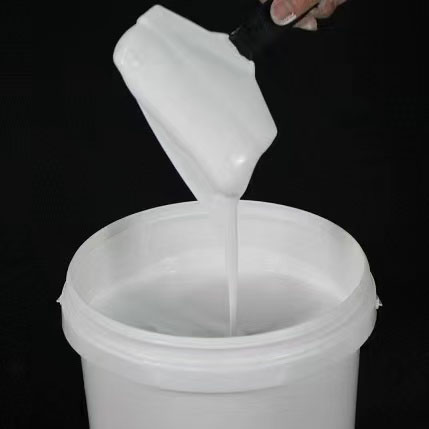
Application Scenarios and Target Industries
The versatility and high performance of modern pelapis kedap air pada atap systems make them indispensable across a broad spectrum of industrial and commercial applications. Their ability to adapt to various substrates and withstand diverse environmental aggressors positions them as a premier choice for challenging environments.
Typical Application Scenarios:
- Industrial Facilities: Factories, warehouses, and manufacturing plants require robust waterproofing to protect sensitive equipment and inventory from leaks, especially in areas subjected to chemical exposure, heavy machinery vibrations, or extreme temperatures.
- Commercial Buildings: Office complexes, retail centers, and convention halls benefit from durable, low-maintenance roof coatings that ensure tenant comfort and preserve the building's aesthetic appeal and structural integrity.
- Petrochemical and Energy Sector: Refineries, power plants, and chemical processing facilities often have roofs with numerous penetrations, pipe racks, and equipment. Liquid-applied coatings provide seamless detailing and excellent chemical resistance crucial in these hazardous environments.
- Water and Wastewater Treatment Plants: Roofs over clarifiers, pumping stations, and treatment facilities are exposed to aggressive chemicals and constant moisture. Coatings designed for chemical resistance and long-term immersion are essential.
- Data Centers and Server Farms: Uninterrupted operation is critical. High-performance roof coatings prevent water ingress that could damage sensitive IT infrastructure, ensuring maximum uptime and data security.
- Logistics and Distribution Centers: Large flat roofs common in these facilities are ideal candidates for reflective cool roof coatings, which reduce internal temperatures and energy consumption, critical for preserving temperature-sensitive goods.
- Healthcare and Pharmaceutical Facilities: Maintaining sterile and controlled environments requires impeccable building envelopes. Seamless, hygienic roof coatings prevent moisture-related issues that could compromise air quality and product integrity.
- Infrastructure Projects: Bridges, tunnels, and parking garages often utilize waterproofing membranes for sub-structures, but their surface elements can also benefit from highly durable and flexible coatings that withstand traffic and environmental stress.
In each scenario, the selection of the correct pelapis kedap air pada atap is predicated on a thorough analysis of environmental factors, operational requirements, and the specific substrate conditions, ensuring optimal performance and longevity.
Technical Advantages of Modern Waterproof Coatings
Modern pelapis kedap air pada atap systems offer a suite of technical advantages that extend beyond mere water resistance, providing holistic benefits for building performance and operational efficiency. These advantages are crucial for B2B stakeholders seeking to maximize their return on investment and minimize lifecycle costs.
- Seamless Monolithic Barrier: Unlike sheet membranes which rely on seams, liquid-applied coatings cure to form a completely seamless, monolithic membrane. This eliminates the most common point of failure in traditional systems – the seam – significantly reducing the risk of leaks and simplifying detailing around complex penetrations.
- Exceptional Adhesion and Elongation: High-polymer coatings are designed for superior adhesion to various substrates (concrete, metal, existing membranes) and possess high elongation capabilities (often >300%). This allows the coating to bridge hairline cracks and accommodate structural movement, thermal expansion, and contraction without cracking or delaminating.
- UV Stability and Weathering Resistance: Formulated with advanced UV stabilizers and pigments, these coatings maintain their integrity, color, and physical properties even after prolonged exposure to intense solar radiation, extreme temperatures, and harsh weather cycles, preventing chalking, embrittlement, and degradation.
- Energy Efficiency (Cool Roof Technology): Many modern roof coatings are available in light colors, particularly white, boasting high solar reflectivity (SR) and thermal emittance (TE). This significantly reduces solar heat gain, lowering surface temperatures by up to 30-40°C, which translates directly to reduced air conditioning loads and substantial energy savings (e.g., 15-20% reduction in cooling costs) in warmer climates.
- Corrosion and Chemical Resistance: Specific formulations are engineered to resist degradation from industrial pollutants, acid rain, chemical spills, and microbial growth. This is particularly vital for roofs in petrochemical plants, laboratories, and food processing facilities, where corrosive environments can rapidly compromise traditional roofing materials.
- Durability and Puncture Resistance: Reinforced coatings offer enhanced resistance to abrasion, foot traffic, and incidental punctures, making them suitable for roofs that require occasional maintenance access or support rooftop equipment.
- Ease of Application and Maintenance: Liquid-applied coatings often simplify installation, especially for complex roof geometries, as they can be rolled, brushed, or sprayed. They also typically require less disruptive maintenance over their long service life, often through simple cleaning or re-coating worn areas.
- Extended Service Life and Sustainability: By protecting the underlying roof structure and reducing the need for costly tear-offs and replacements, these coatings contribute to a significantly extended roof service life (15-25+ years). This reduces landfill waste and the carbon footprint associated with roof replacement, aligning with sustainability goals.
These advantages underscore why a high-performance pelapis kedap air pada atap is not merely a protective layer but a critical asset that enhances building performance, reduces operational expenses, and supports long-term sustainability objectives.
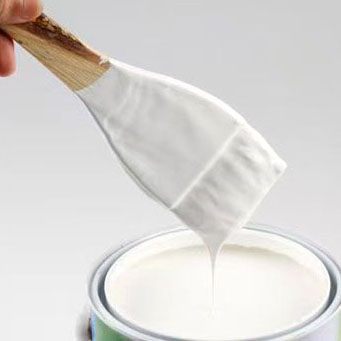
Vendor Comparison: Selecting the Right Partner for Your Waterproof Coating Needs
Choosing the right supplier for a pelapis kedap air pada atap is a strategic decision that impacts project success, long-term performance, and overall cost-effectiveness. A comprehensive vendor comparison should evaluate not only product specifications but also service capabilities, industry experience, and commitment to support.
Key Factors for Vendor Evaluation:
- Product Portfolio: Does the vendor offer a diverse range of coatings (acrylic, polyurethane, silicone, hybrid) to suit different substrates, climates, and performance needs? Are their products backed by credible testing and certifications (e.g., ISO, ASTM, CE)?
- Technical Expertise & Support: Assess the vendor's ability to provide in-depth technical data, application guidelines, substrate preparation requirements, and on-site support. Do they have experienced technical representatives or engineers?
- Customization Capabilities: Can the vendor offer tailored solutions, such as specific color matching, enhanced chemical resistance, or accelerated cure times, to meet unique project demands?
- Warranty and Service Life: Understand the explicit warranty terms for their pelapis kedap air pada atap products, including duration, coverage, and conditions. Compare guaranteed service life expectations.
- Logistics and Lead Time: Evaluate their supply chain efficiency, lead times for orders, and ability to deliver materials reliably to project sites, especially for large-scale or time-sensitive projects.
- Industry Reputation and References: Look for a vendor with a proven track record, positive customer feedback, and verifiable case studies in relevant industries. Review their list of partner clients.
- Cost-Effectiveness (Lifecycle Cost): While initial `waterproof membrane for roof price` is a factor, consider the total lifecycle cost, including application ease, durability, maintenance requirements, and energy savings.
Example Vendor Comparison Table (Illustrative):
| Feature/Metric | Vendor A (e.g., Global Leader) | Vendor B (e.g., Regional Specialist) |
|---|---|---|
| Product Range | Full suite: PU, Acrylic, Silicone, Hybrid | Specialist in high-polymer acrylics |
| Certifications | ISO 9001, CE, ASTM compliant, LEED contrib. | ISO 9001, ASTM compliant |
| Technical Support | Dedicated engineering team, on-site consultation | Online resources, phone support |
| Customization | High (color, properties, specific formulations) | Moderate (color, some property adjustments) |
| Warranty (Standard) | 20 years (materials & labor) | 15 years (materials only) |
| Lead Time (Avg.) | 1-2 weeks | 3-4 weeks (for specialized orders) |
| Estimated `waterproof membrane for roof price` / m² | $12 - $25 (product only) | $8 - $18 (product only) |
This comparative approach allows B2B buyers to weigh initial costs against long-term benefits and support, leading to a more informed procurement decision for their pelapis kedap air pada atap projects.
Customized Solutions for Unique Roofing Challenges
Recognizing that no two roofing projects are identical, leading manufacturers of pelapis kedap air pada atap solutions offer extensive customization options. This bespoke approach ensures that the chosen system perfectly aligns with the unique demands of a building, its environment, and operational requirements.
Customization can involve tailoring various aspects of the coating, from chemical formulation to application methodology. Examples include:
- Specific Chemical Resistance: For facilities handling particular corrosive agents, coatings can be engineered with enhanced resistance to acids, alkalis, solvents, or oils, significantly extending their service life in harsh chemical environments.
- Color Matching and Aesthetics: While white and grey are standard for energy efficiency, custom color formulations are available to meet specific architectural aesthetics, corporate branding, or urban planning requirements, without compromising performance.
- Accelerated Cure Times: In projects with tight deadlines or in regions with unpredictable weather, coatings can be formulated for rapid curing, allowing for quicker project completion and minimizing exposure to elements during application.
- Enhanced Abrasion and Puncture Resistance: For high-traffic roofs (e.g., rooftop amenity spaces, mechanical platforms) or those subjected to heavy equipment, coatings can be fortified with additives or specific polymer blends to achieve superior mechanical strength.
- Specialized Substrate Adhesion: Adapting the coating's adhesive properties to bond effectively with challenging substrates such as aged TPO, metal, or specific types of insulation boards.
- Flame Retardancy: For buildings requiring higher fire safety standards, coatings can be modified to meet specific fire ratings, providing an additional layer of protection.
- Temperature-Specific Formulations: Coatings can be optimized for application in extremely cold or hot climates, maintaining workability and performance integrity within a broader temperature range.
Engaging with a manufacturer that possesses strong R&D capabilities and a consultative approach is key to leveraging these customized solutions, ensuring that the deployed pelapis kedap air pada atap is precisely engineered for maximum performance and longevity in its specific application context.

Application Case Studies: Real-World Performance
Case Study 1: Large-Scale Industrial Warehouse Roof Restoration
Client: Global Logistics Provider, Midwest USA
Challenge: A 200,000 sq ft industrial warehouse suffered from extensive leaks due to an aging EPDM membrane and numerous HVAC unit penetrations. The client required a solution that would extend the roof's life by at least 15 years, enhance energy efficiency, and minimize operational disruption during application.
Solution: After comprehensive substrate analysis, a high-solids, liquid-applied white silicone pelapis kedap air pada atap system was specified. The existing EPDM was thoroughly cleaned and primed, followed by the application of the silicone coating in two coats. Detailing around all 150+ penetrations was seamlessly integrated. The choice of white significantly improved solar reflectivity.
Results: The project was completed within budget and ahead of schedule. Post-application thermal imaging showed a 35°C reduction in roof surface temperature during peak summer months, leading to a verified 18% reduction in cooling costs. The seamless silicone membrane provided immediate and lasting waterproofing, effectively eliminating all leaks. The client anticipates a 20-year service life, deferring costly tear-off and replacement.
Case Study 2: Chemical Processing Plant Roof Protection
Client: Specialty Chemicals Manufacturer, Gulf Coast Region
Challenge: The concrete roof deck of a chemical processing unit was constantly exposed to corrosive fumes, occasional chemical spills, and high humidity, leading to rapid degradation of previous conventional coatings. A solution with exceptional chemical resistance and durability was required.
Solution: A specialized, two-component aromatic polyurethane membran tahan air polimer tinggi untuk atap was selected. This system featured advanced cross-linking polymers for superior chemical inertness and mechanical strength. The concrete substrate was abrasive blasted and primed with an epoxy primer before the polyurethane coating was spray-applied to achieve uniform thickness.
Results: Over three years since application, the coating has shown no signs of degradation, blistering, or delamination, despite continuous exposure to a highly corrosive atmosphere and accidental splashes of mild acids. This robust protection has significantly reduced maintenance intervals and mitigated the risk of structural damage, ensuring uninterrupted production and enhanced safety at the facility.
Ensuring Trustworthiness: Certifications, Warranty, and Support
Trustworthiness is a cornerstone of B2B relationships, especially when investing in critical infrastructure protection like a pelapis kedap air pada atap. Reputable manufacturers demonstrate this through transparent documentation, robust warranties, and comprehensive customer support.
Certifications and Compliance:
Our products adhere to stringent international and national standards, ensuring their quality, safety, and performance:
- ISO 9001:2015 Certified Manufacturing: Demonstrates a robust Quality Management System in our manufacturing processes.
- ASTM Standards: All product performance data is based on rigorous testing according to relevant ASTM (American Society for Testing and Materials) specifications.
- CE Marking: Compliance with European health, safety, and environmental protection standards.
- Cool Roof Rating Council (CRRC): For reflective coatings, ensuring verified solar reflectivity and thermal emittance values.
- UL/FM Approvals: For specific fire resistance and wind uplift performance, relevant for commercial and industrial buildings.
Lead Time and Fulfillment:
We understand the importance of timely delivery for project schedules. Our standard lead time for most stock pelapis kedap air pada atap products is 1-2 weeks from order confirmation. For customized formulations or large-volume orders, lead times typically range from 3-4 weeks. We leverage a robust logistics network to ensure efficient and reliable delivery to project sites globally.
Warranty Commitments:
We stand behind the quality and performance of our products with comprehensive warranty programs. Our standard product warranties range from 10 to 20 years, covering material defects and ensuring the coating performs as specified. For projects installed by approved applicators and monitored under our quality assurance programs, extended system warranties (covering both material and labor) of up to 25 years may be available. Full warranty details are provided with each project proposal.
Customer Support and After-Sales Service:
Our commitment extends beyond product delivery. We offer:
- Technical Hotlines: Access to experienced technical support engineers for immediate troubleshooting and guidance.
- On-Site Consultation: Our field service representatives can provide on-site inspections, application training, and project supervision.
- Maintenance Programs: Guidance on routine maintenance and inspection schedules to maximize the lifespan of your roof coating.
- Documentation Portal: Online access to product datasheets, safety datasheets (SDS), application guides, and certification documents.
This holistic approach to quality and support ensures peace of mind for our clients, guaranteeing that their investment in a pelapis kedap air pada atap is well-protected and supported throughout its entire lifecycle.
Frequently Asked Questions (FAQ) about Waterproof Roof Coatings
Q1: What types of substrates can a waterproof coating on roof be applied to?
A1: Modern liquid-applied waterproof coatings are highly versatile and can be effectively applied to a wide range of substrates, including concrete, metal (steel, aluminum), existing membranes (BUR, modified bitumen, EPDM, TPO, PVC), spray polyurethane foam (SPF), and various insulation boards. Proper surface preparation and the use of appropriate primers are crucial for optimal adhesion and performance.
Q2: What is the typical service life expectancy of a high polymer waterproof membrane for roof?
A2: The service life of a membran tahan air polimer tinggi untuk atap typically ranges from 15 to 25 years or more, depending on the specific product chemistry (e.g., silicone coatings often offer longer lifespans), application thickness, environmental exposure, and adherence to maintenance protocols. Manufacturers often provide tiered warranties reflecting these expectations.
Q3: How does the `waterproof membrane for roof price` compare to traditional roofing systems?
A3: While the upfront product cost of a high-performance pelapis kedap air pada atap can sometimes be comparable to or slightly higher than traditional systems like modified bitumen, the overall lifecycle cost is often significantly lower. This is due to several factors: reduced installation labor, elimination of costly tear-offs, energy savings from cool roof properties, and extended roof life with minimal maintenance. When evaluating, it's crucial to consider the total cost of ownership rather than just the initial `waterproof membrane for roof price`.
Q4: Are these coatings environmentally friendly?
A4: Many modern waterproof coatings are designed with environmental considerations in mind. Key features include low VOC (Volatile Organic Compound) or VOC-free formulations, reflective properties that reduce urban heat island effect and energy consumption, and the ability to restore existing roofs rather than sending old materials to landfills, contributing to a circular economy. Always check product-specific environmental certifications and data sheets.
Q5: Can a waterproof coating on roof be applied over an existing leaking roof?
A5: Yes, in many cases, a pelapis kedap air pada atap can be applied over an existing, aged, or leaking roof system, provided the underlying roof is structurally sound, clean, dry, and properly prepared. This process, known as a "restoration" or "recover" system, can significantly extend the life of the roof without the need for a costly and disruptive tear-off, making it an economically attractive option for many B2B clients.
Conclusion: The Future of Roof Protection
The evolution of pelapis kedap air pada atap technology represents a significant advancement in building envelope protection. These high-performance, polymer-based systems offer a compelling combination of durability, energy efficiency, ease of application, and sustainability that far surpasses traditional roofing solutions. For B2B decision-makers, investing in a technically superior waterproof coating is a strategic decision that safeguards assets, optimizes operational costs, and contributes to environmental responsibility.
As industries continue to demand more from their infrastructure, the role of advanced liquid-applied `waterproof membrane for roof` solutions will only grow. By choosing the right product, backed by authoritative certifications and comprehensive support, companies can ensure their roofing assets are protected for decades to come, providing peace of mind and long-term value.
References
- ASTM International. (n.d.). _ASTM Standards for Roofing and Waterproofing_. Retrieved from astm.org
- Cool Roof Rating Council (CRRC). (n.d.). _About Cool Roofs_. Retrieved from coolroofs.org
- U.S. Department of Energy. (n.d.). _Cool Roofs Fact Sheet_. Retrieved from energy.gov
- ISO. (n.d.). _ISO 9001 - Quality management_. Retrieved from iso.org
- The National Roofing Contractors Association (NRCA). (n.d.). _Resources & Technical Bulletins_. Retrieved from nrca.net


